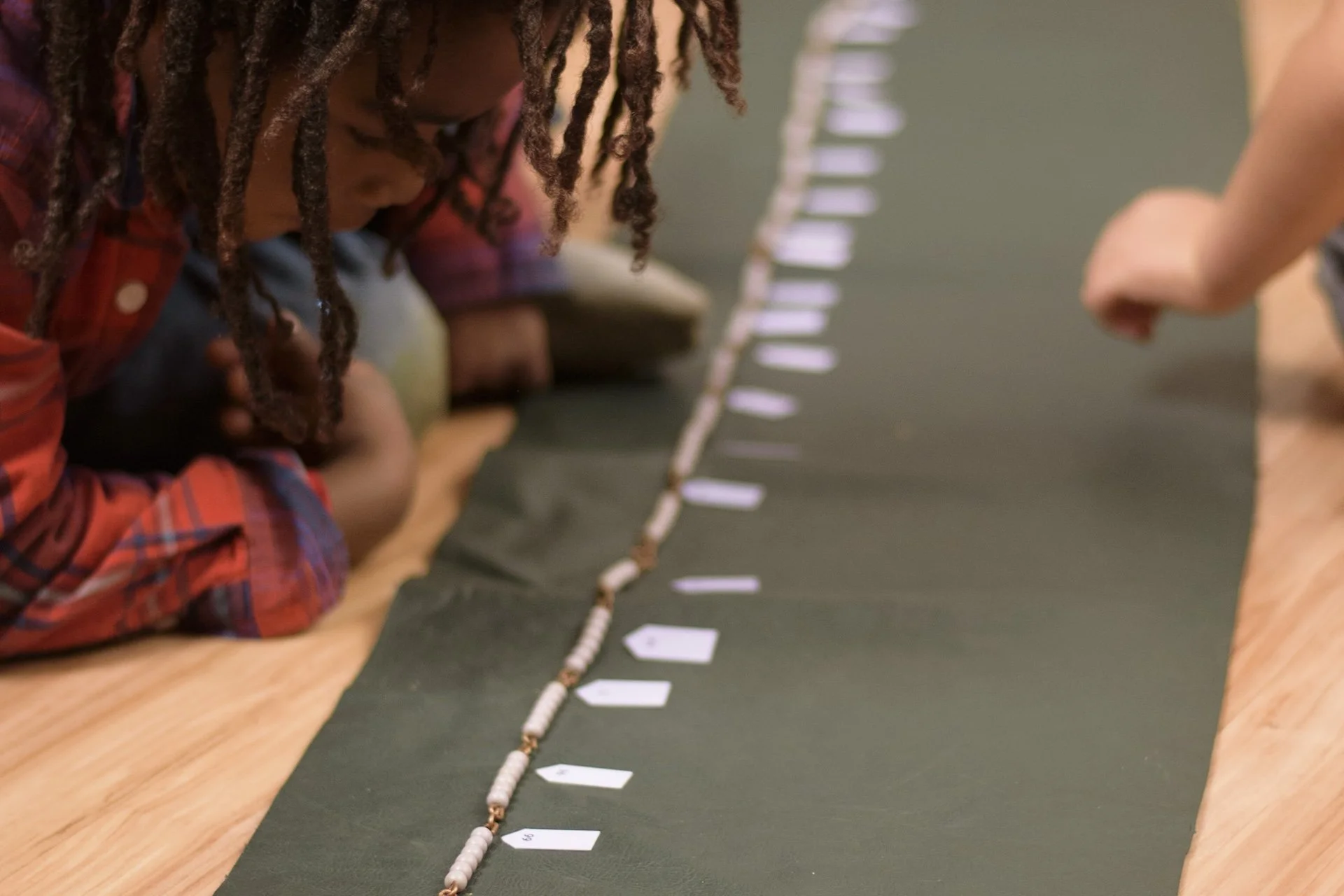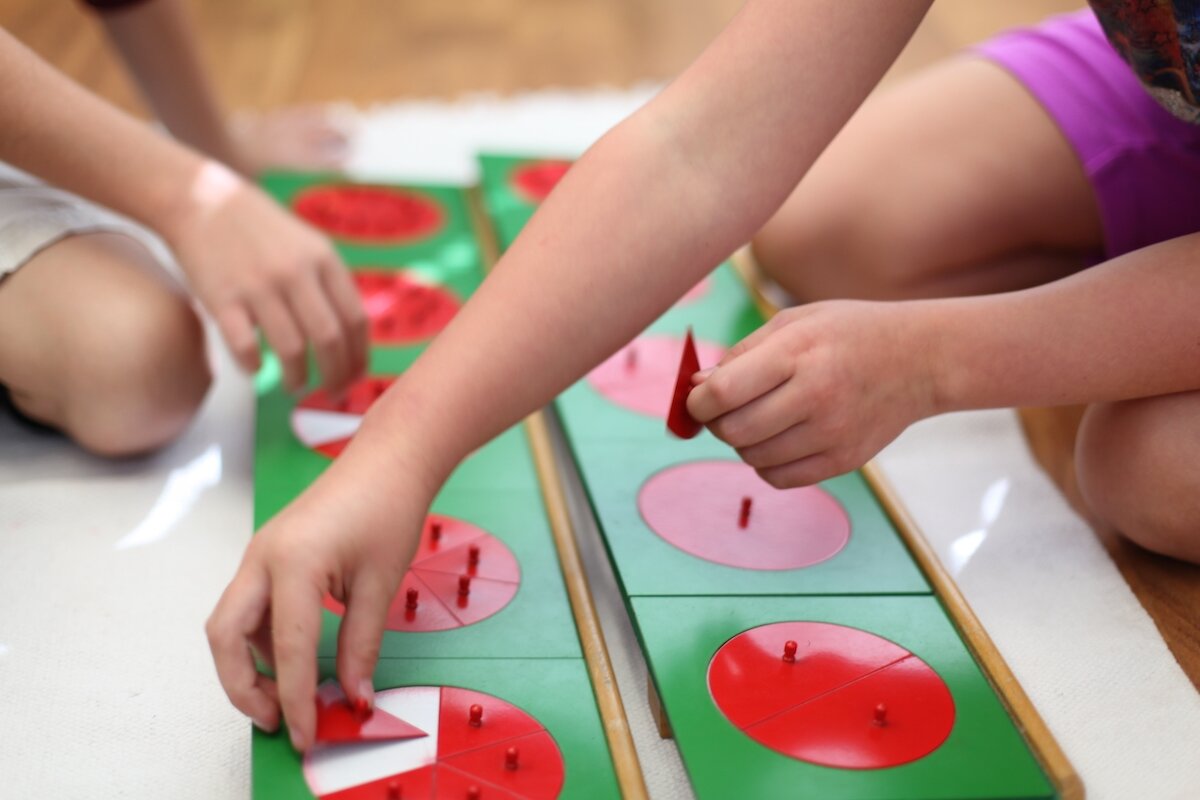As winter settles in and we spend a bit more time huddled inside our homes, it makes perfect sense to gather books to read. Whether our young children snuggle up with us as we read to them, or they’re getting a bit older and find a comfy spot to lose themselves in a book, we have titles here for all ages. From board books to YA (and everything in between), we skipped over the books you probably already know and love in an attempt to share some new ones.
Board Books
Winter Is Here by Kevin Henkes, illustrated by Laura Dronzek
Henke’s books are always charming and so appealing to young readers; Winter Is Here is no exception. Along with Dronzenk’s beautiful illustrations, the text celebrates the simple joys of the season.
Winter Dance by Marion Dane Bauer, illustrated by Richard Jones
As winter approaches, all the animals have different ways of preparing. Fox doesn’t head south, gather nuts, or change out its coat...so what should it do? We love this sweet tale with a focus on nature.
Picture Books
Ten Ways to Hear Snow by Cathy Campher, illustrated by Kenard Pak
Lina can’t wait to wake up and help her grandmother make stuffed grape leaves, but when she gets up, she discovers a blizzard has covered her city with snow. On the walk over, she thinks about how her grandmother can’t see very well, and she tries to listen to the sounds snow can make. This is a story everyone can enjoy and is sprinkled with Lebanese heritage and tradition.
Before Morning by Joyce Sidman, illustrated by Beth Krommes
Fans of Krommes’ Caldecott winning The House in the Night will adore this gorgeous book. Some winter mornings feel almost magical, and what could be better than a big snowstorm to keep a traveling parent home a bit longer than expected? Full of rich text and cozy illustrations, this is a perfect book for this time of year.
Under the Snow by Melissa Stewart, illustrated by Constance R. Bergum
Some of the best picture books blend masterful storytelling with factual information. Children of this age are eager to learn about their world, and often, especially, about animals. While humans enjoy their time above ground during winter, countless creatures are surviving beneath the surface.
Snow by Uri Shulevitz
Grownups, the radio, and the television all say there won’t be snow, but the boy with the dog knows better. One flake becomes two, then three, then more, as the town transitions from an eerie grey into a beautiful blanket of white. Snow is a Caldecott Honor book.
Early Readers and First Chapter Books
A Snowy Day (Ana & Andrew) by Christine Platt, illustrated by Sharon Sordo
A brother and sister enjoy a wholesome winter day together, filled with bundling up to play outside, making a snowman, eating “snow cream”, having grilled cheese and tomato soup for lunch, and imagining how their cousins in Trinidad might enjoy the weather.
Henry And Mudge And The Snowman Plan by Cynthia Rylant, illustrations by Suçie Stevenson
If your child enjoys this book, it is just one in a fantastic series! Henry and his dog Mudge hear about a snowman-building contest at the local park. When Henry runs home to tell his dad about it, he finds him painting a green chair and covered in green paint himself. This is hilarious, but it also gives Henry an idea...
Caterflies and Ice (Zoey and Sassafras) by Asia Citro, illustrations by Marion Lindsay
One book in another great series, Zoey always seems to find herself helping out magical creatures. While caterflies may be completely fictional, the way Zoey approaches her problem-solving is anything but. Readers learn how to think like scientists, ask questions, and learn about real topics.
Juvenile and Middle Grade Fiction
The Reindeer Girl by Holly Webb
Another fantastic fiction title that gives readers factual and interesting information! Young Lotta has always enjoyed her Norwegian great-grandmother’s stories. Somehow, one evening, she finds herself immersed in and actually living one of these stories, and she’s suddenly responsible and caring for reindeer. She always hoped for her own adventures, but never dreamed they would be quite like this.
Breadcrumbs by Anne Ursu
Two main characters - Hazel and Jack - have always been best friends. As we all know, growing up means friendships change, and that transformation can be hard. The pair are now eleven years old, and while it’s common for boys and girls to go their own separate ways at this age, Hazel believes there is more to the story. While she searches for the answer, the two find themselves in a world of fantasy and fairy tales.
Young Adult
Into the Blizzard: Heroism at Sea During the Great Blizzard of 1978 [The Young Readers Adaptation] by Michael J. Tougias
In 1978 a massive blizzard struck New England with a force that has been unmatched since. During the storm a large oil tanker found itself in trouble and called for help. The heroes who rushed to meet them marched straight into the storm, and straight into danger. One book in a series of true rescue stories, this title will keep teens on the edge of their seats while teaching them a bit about history and the power of nature.
Icebound: Shipwrecked at the Edge of the World by Andrea Pitzer
William Barents was a sixteenth-century Dutch explorer, who, along with his team, made multiple trips to the Arctic. One of these trips resulted in the crew losing their ship and being forced to spend an entire year attempting to survive on their own in an unforgiving landscape. A perfect pick for lovers of danger and adventure.








